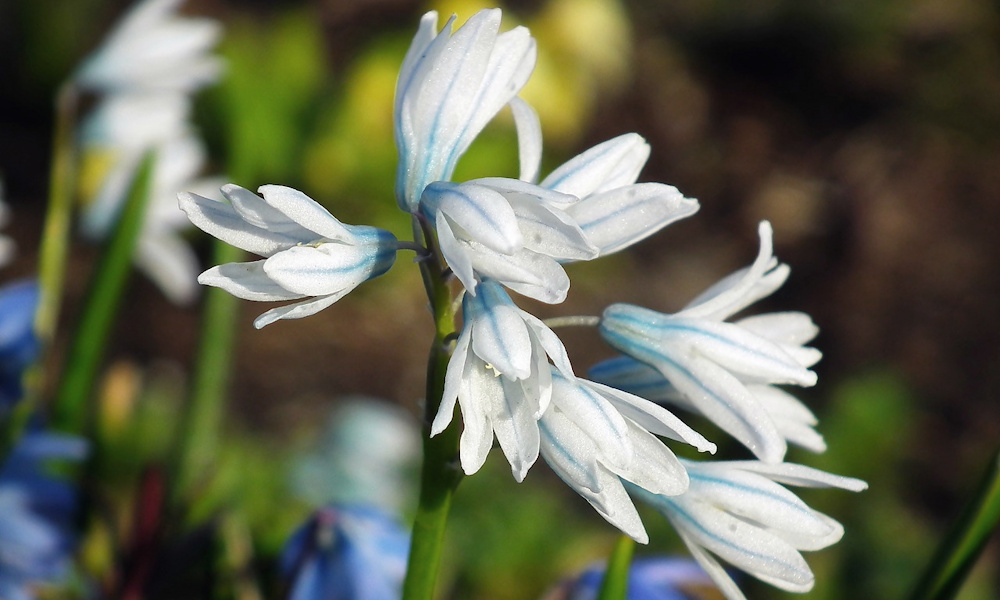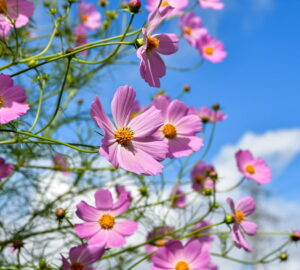If you’re a novice gardener looking for a low-maintenance plant that adds beautiful bell-shaped blooms to your garden in early spring, look no further than striped squill. This easy-to-grow bulbous perennial is a great choice for beginners, and in this article, we’ll show you everything you need to know to care for it.
Striped squill (Puschkinia scilloides) is a bulbous perennial plant native to southwestern Asia and the Caucasus region. It is a member of the Asparagaceae family and is closely related to the genus Scilla. Striped squill is also commonly known as Lebanon squill.
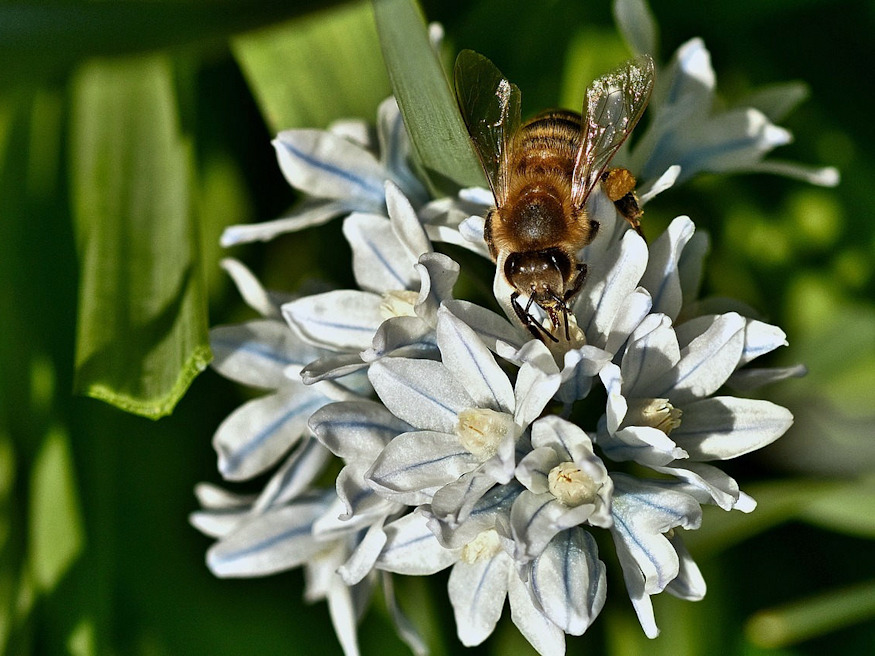
Description
The plant grows to a height of around 6-8 inches (15-20 cm) and has grass-like leaves that are narrow and about 6 inches (15 cm) long. In early spring, striped squill produces clusters of delicate, bell-shaped flowers on thin, wiry stems. The flowers are white or pale blue with six petals that are striped with a darker blue or purple color. The flowers last for around two to three weeks. They bloom in early spring, usually from March to April. The flowers are arranged in a dense spike-like raceme that can be up to 8 inches (20 cm) long.
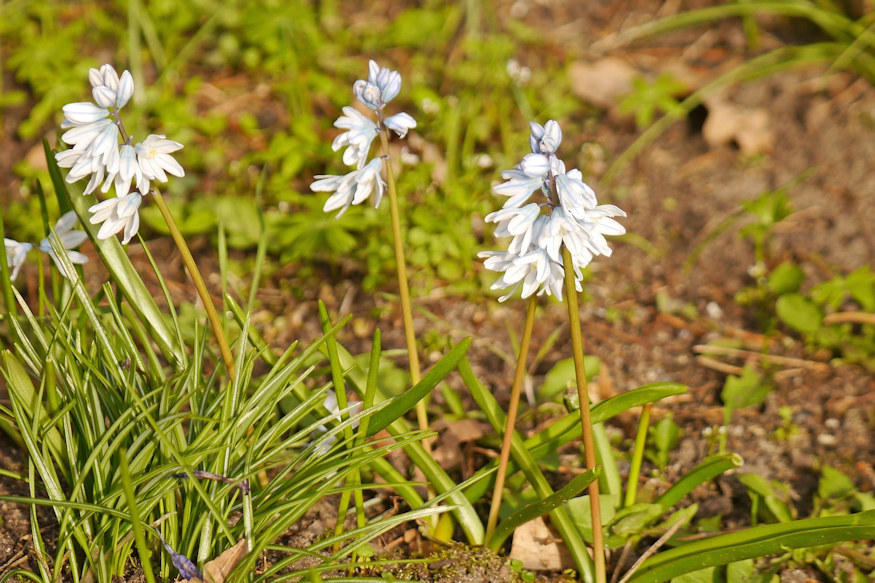
Needs and care
Striped squill is a low-maintenance plant that is easy to grow. It prefers full to partial sun and well-drained soil that is rich in organic matter and is neutral to slightly acidic. It can tolerate dry soil and is also drought-tolerant, making it an excellent choice for rock gardens, borders, and naturalized areas. The bulbs should be planted in the fall, about 3 inches (8 cm) deep and 2-3 inches (5-8 cm) apart. After flowering, the foliage should be left to die back naturally to ensure the bulb receives enough nutrients for next year’s growth.
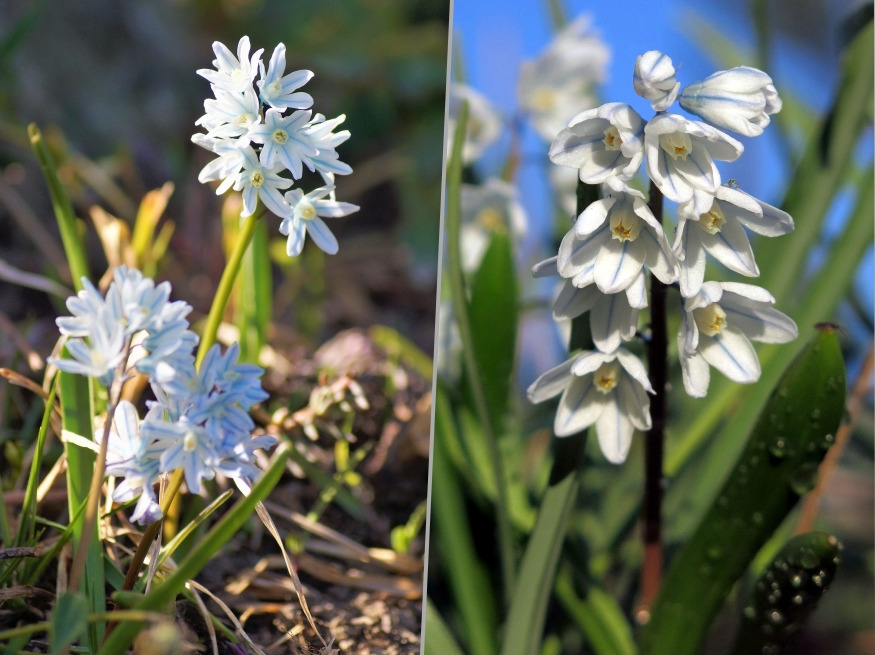
In terms of care, striped squill does not require much attention once established. It should be watered regularly during the growing season, but care should be taken not to overwater as this can cause the bulbs to rot. The plant does not require fertilizer but can benefit from a light application of a balanced fertilizer in early spring.

Where to plant
Striped squill can be planted in a variety of locations in the garden. It looks great when planted in large groups, mixed with other early-blooming bulbs like crocuses, daffodils, tulips and snowdrops. It is a great plant for naturalizing in lawns or under trees, and also makes an excellent addition to borders and rock gardens.
Overall, striped squill is an easy-to-grow, low-maintenance plant with delicate, bell-shaped flowers that adds a beautiful pop of color to any garden in the early spring.



